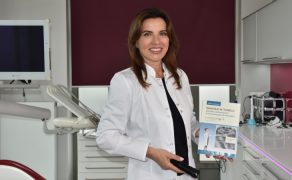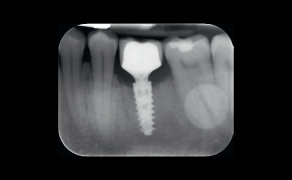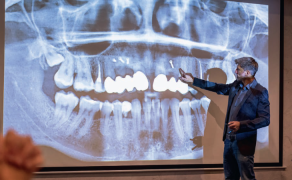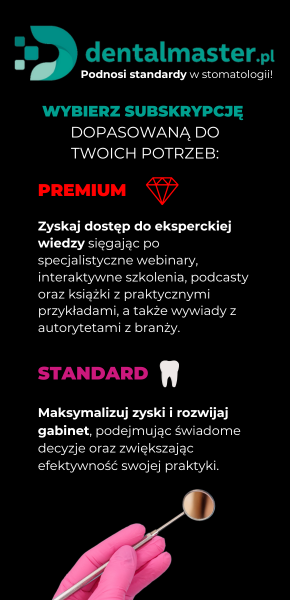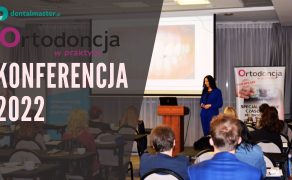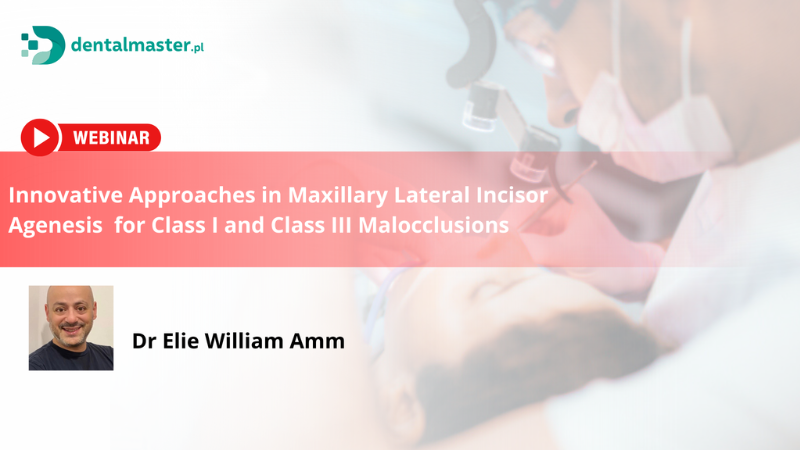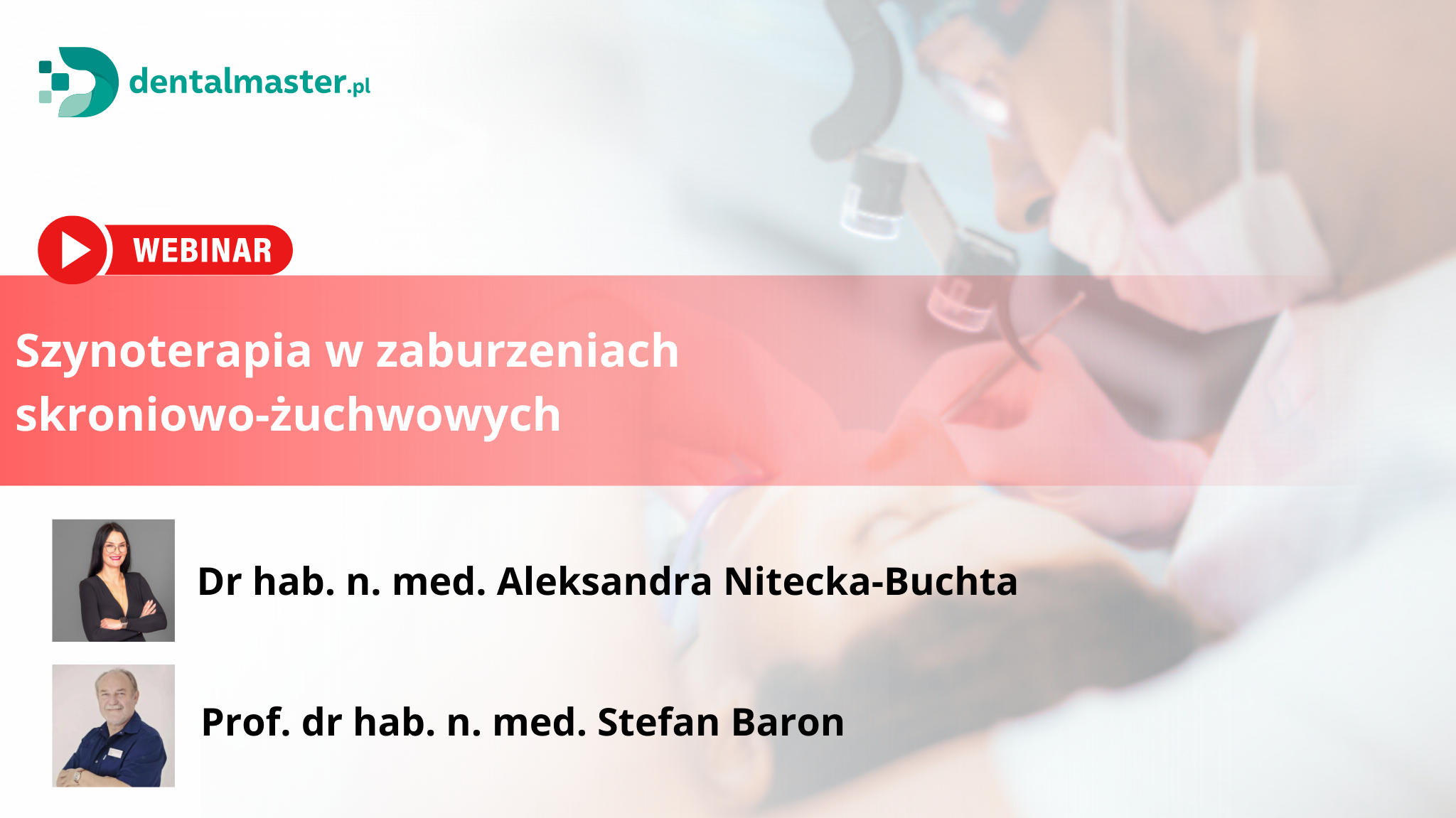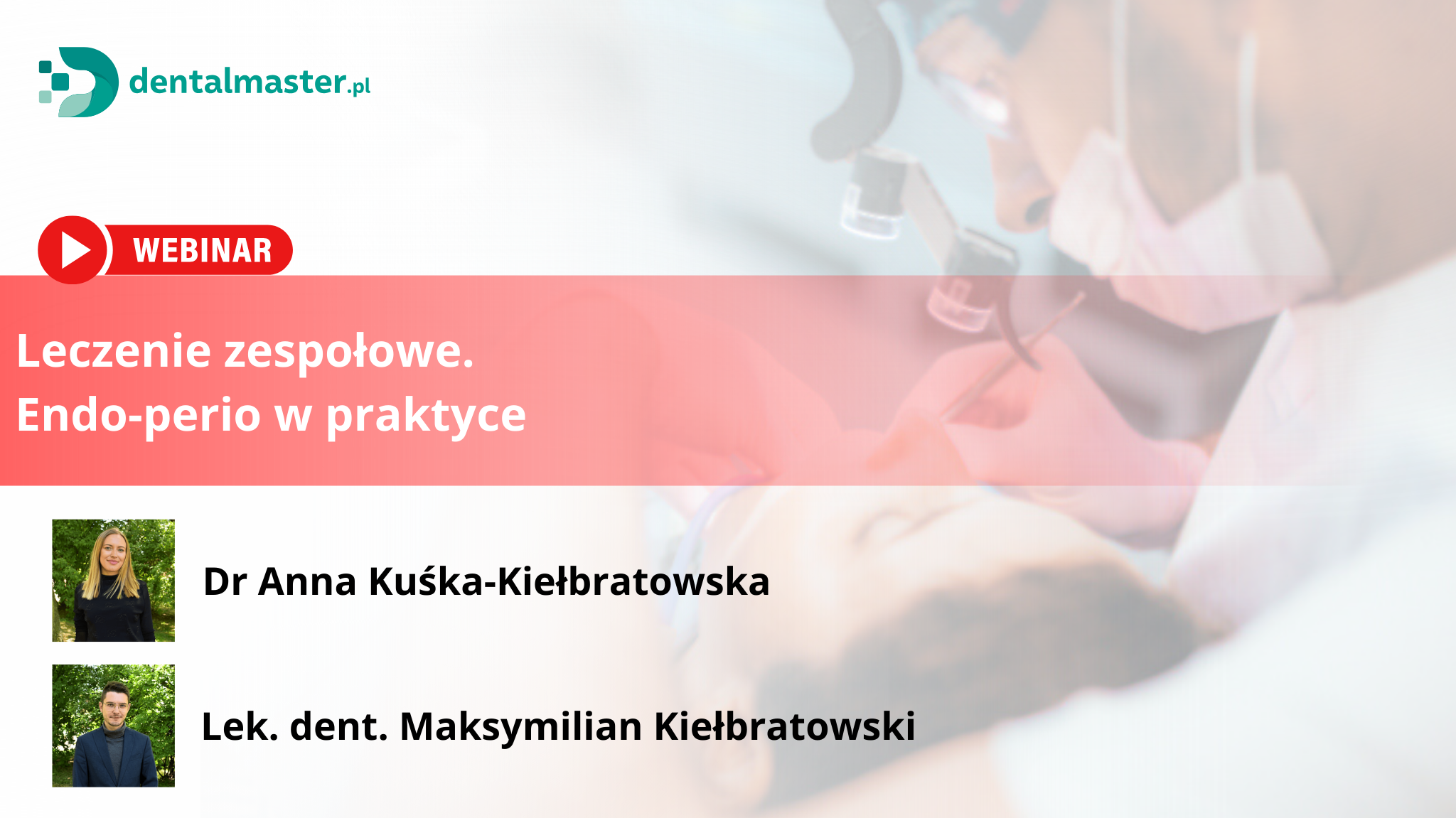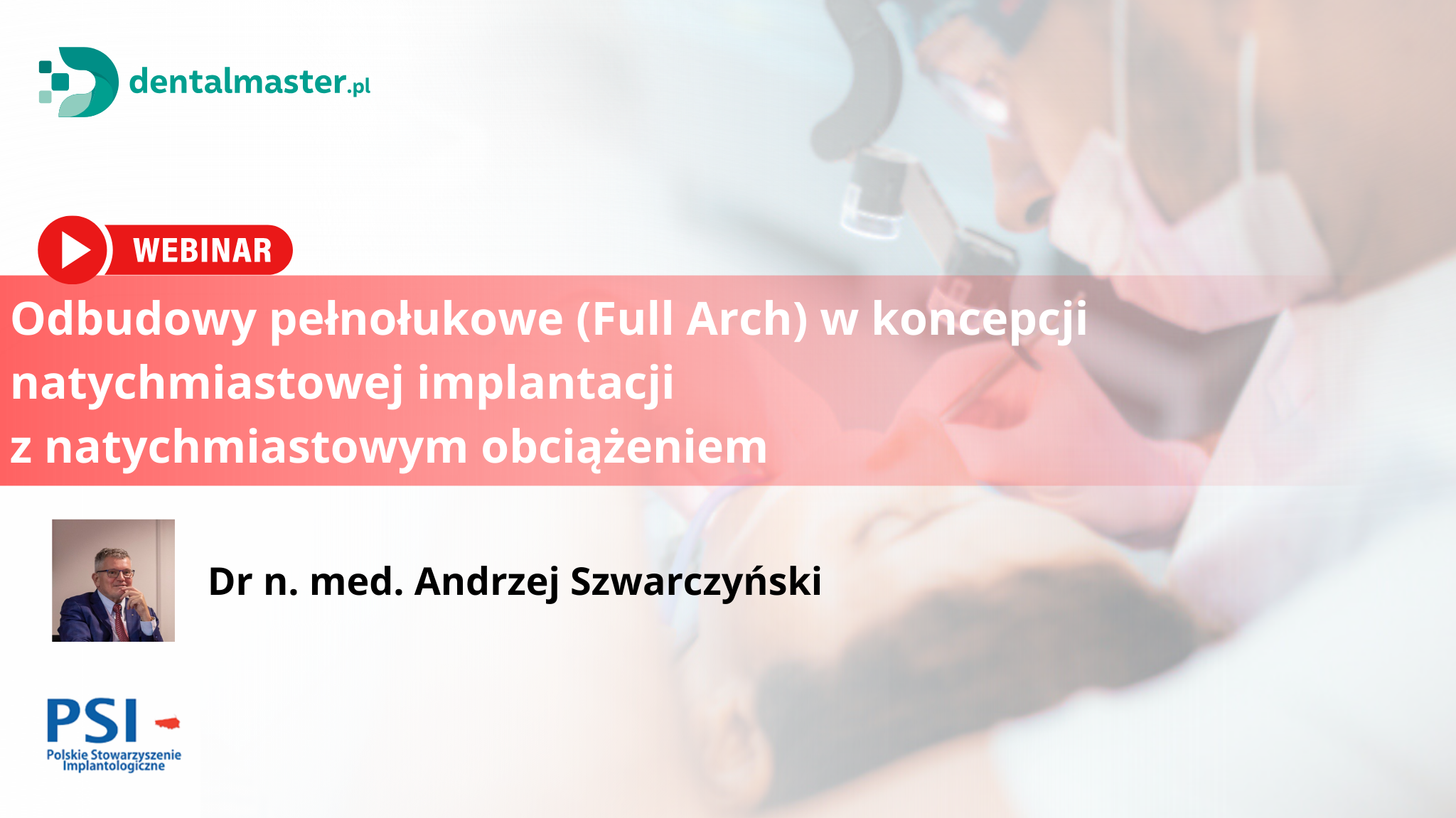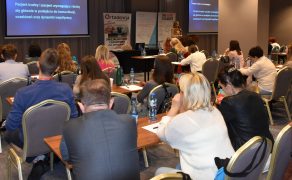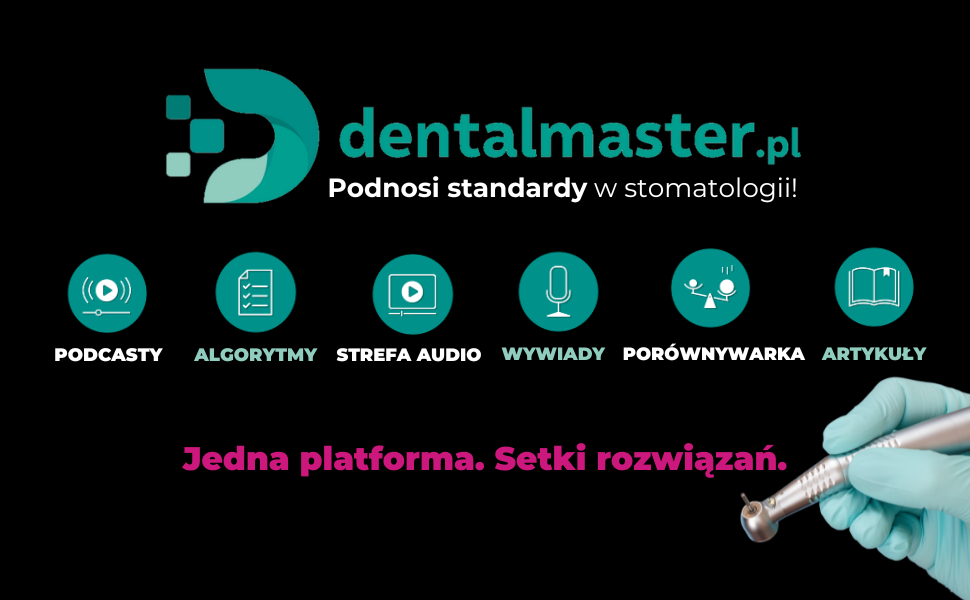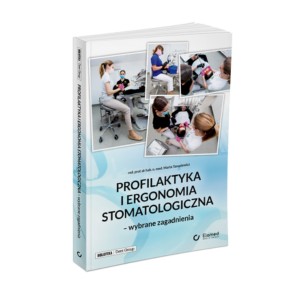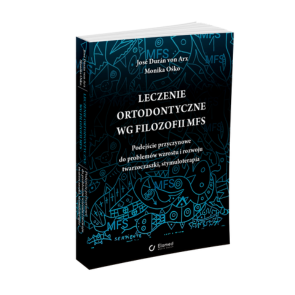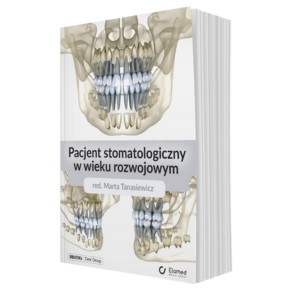Pacjentka z zespołem dysplazji ektodermalnej – opis przypadku i propozycja leczenia protetycznego
Diagnosis and dental treatment
In 1984, N. Freire-Maia and M. Pinheiro divided ED cases into two groups, A and B. Diagnosing an ED case as belonging to group A requires the presence of at least two of the following traits:
- hair abnormalities (hypo- and hypertrichosis, abnormal structure);
- dentition abnormalities (abnormal shape, structure, count, position, eruption time, neonatal and impacted teeth, bone hypoplasia (4, 6, 17);
- nail dysplasia (onycholysis, onychoschisis, pachonychia);
- sweating disorders (dyshydrosis, an-, hypo-, hyperhidrosis).
Whereas the qualification to group B requires only the presence of at least one of the above traits and one symptom originating in the ectodermis (skin, eye, or ear) (4-5, 11, 23).
In order to diagnose ectodermal dysplasia, such radiological and laboratory tests are performed as sweat test, trichogram, and testing of skin samples. The final diagnosis can be made based on genetic tests.
Dental treatment of juveniles with oligodontia and anodontia is crucial, since missing teeth lead to numerous aesthetic and functional problems (chewing, elocution) as well as social ones (feeling of otherness, lowered self-esteem) (15). Treatment requires broad knowledge, a multi-speciality approach, and collaboration between physicians of various specialities: an orthodontist, prosthodontist, periodontologist, [...]

którzy są subskrybentami naszego portalu.
i ciesz się dostępem do bazy merytorycznej wiedzy!



